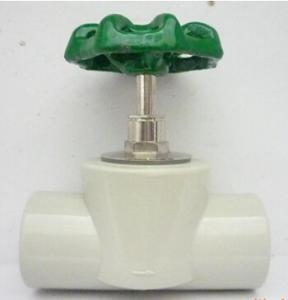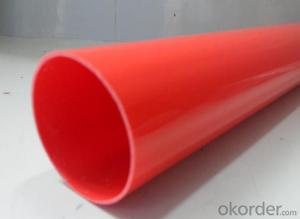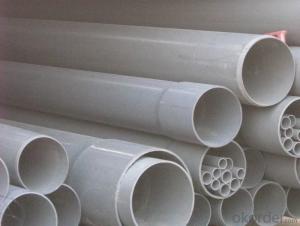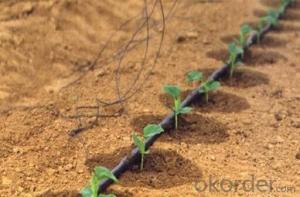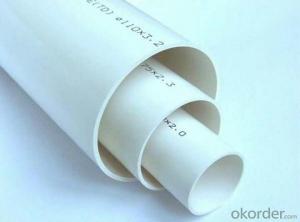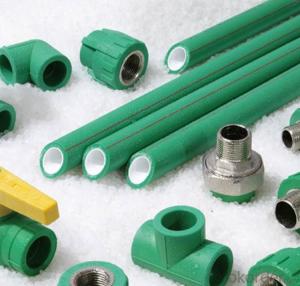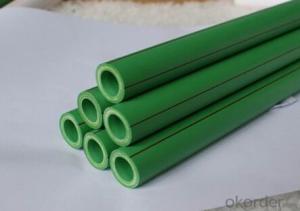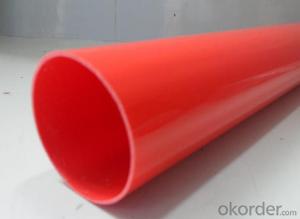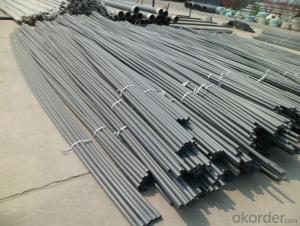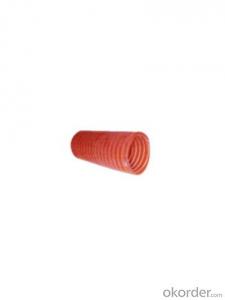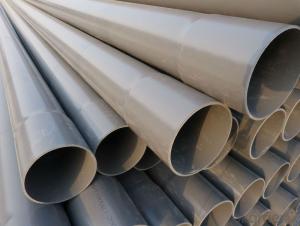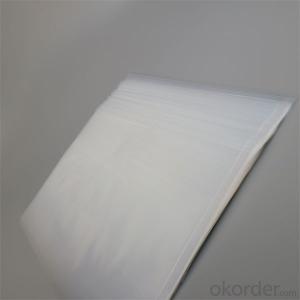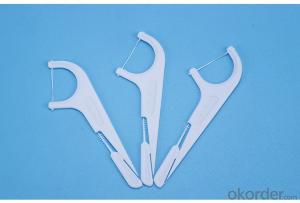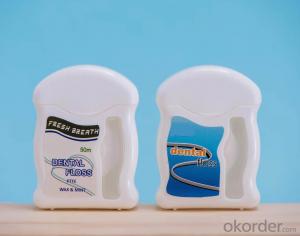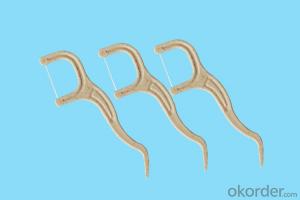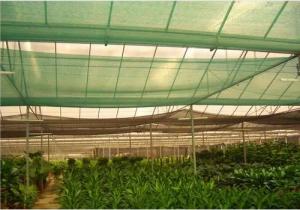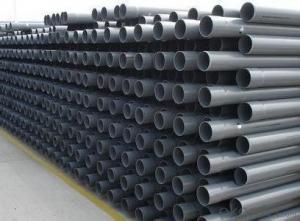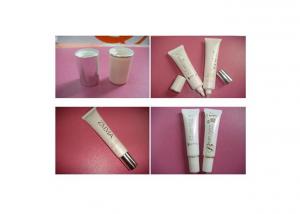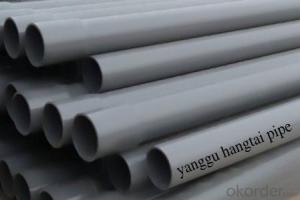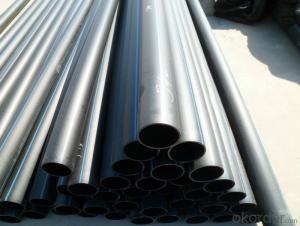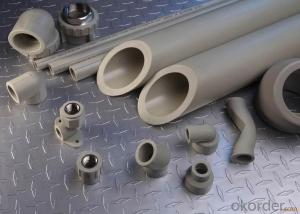PPR brass stop valve with lift type on sales Comply with Food Hygiene Regulations and Non-toxic
- Loading Port:
- Tianjin
- Payment Terms:
- L/C,T/T
- Min Order Qty:
- 2000 pc
- Supply Capability:
- 340000 pc/month
OKorder Service Pledge
OKorder Financial Service
You Might Also Like
Product Features
1. Corrosion resistance
PPR pipes and fittings can resistant to most chemical corrosion; it can withstand PH value range 1-14 high concentration of acid and alkali corrosion over a wide temperature range.
2. Installation performance
PPR pipe PPR pipe is light in weight, and the operation installation is easy, which make it available to weld again. It is very important that pipe and pipe fittings can be welded together in seconds with a simple tool. Compared to traditional connection methods it can save 40%~50% of the time.
3. Safety Indicators
The basic component of PPR is carbon and hydrogen which is simple. It keeps in line with food hygiene regulations, non-toxic. If you use PPR pipe, there will no dirt in the inner wall or “secondary water pollution” caused by rust any more.PPR pipe ,green building materials, is more suitable for transporting drinking water.
Advantages of PPR pipe
1. Maximum operating temperature can up to 95℃; it can work in a long term under the condition of 70℃ and 1.0Mpa.
2. PPR pipe density is only 1/8 of metal pipe; pressure resistance strength test is up 5Mpa, with good toughness, impact resistance.
3. Inner diameter of PPR pipe is little bigger than that of pipe fittings, which can ensure not to increase the resistance to fluid flow.
4. Inner wall of PPR pipe is smooth, no rust, no scaling, small fluid resistance
5. PPR pipe has excellent insulation properties, can significantly reduce the vibration and noise caused by the flow of liquid.
6. PPR pipe energy consumption is only 20% of steel pipe; its thermal coefficient is also only 1/200 of steel pipe, reducing heat loss greatly.
7. PPR pipe is poor electrical conductor material, which can avoid galvanic corrosion phenomena.
8. With poor thermal conductivity, PPR pipe can reduce condensation.
9. PPR pipes, fittings are recyclable.
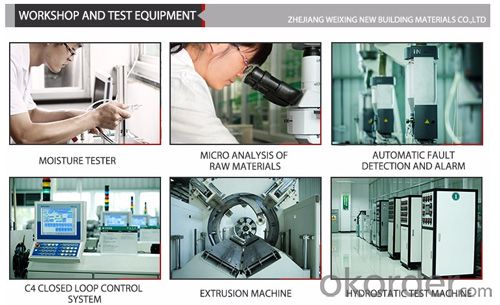

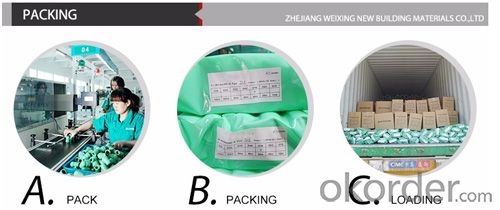

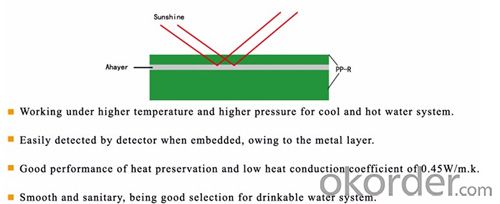

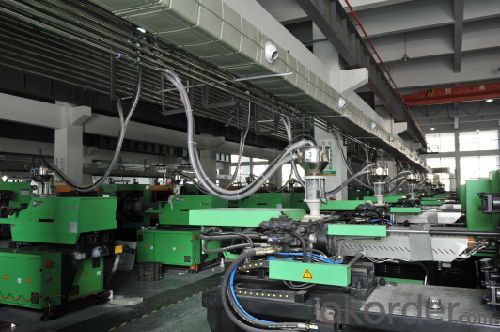
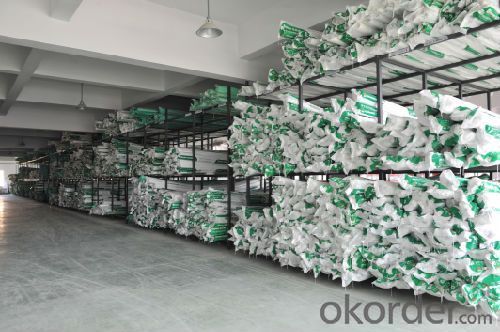

Application
1. Hot and cold drinking water supply system of civil and industrial buildings
2. Clean, pure water piping system
3. Beverage production and transport systems
4. Industrial liquid delivery system
5. Central air conditioning system
6. Hot water circulation Heating System
7. Compressed air piping system
8. Garden and greenhouse irrigation systems
- Q:Can plastic tubes be used for hydroponic lines?
- Yes, plastic tubes can be used for hydroponic lines. Plastic tubes are commonly used in hydroponic systems to transport water, nutrients, and other solutions to the plants. They are lightweight, flexible, and durable, making them suitable for various hydroponic setups. Additionally, plastic tubes are resistant to corrosion and can be easily cleaned, making them a practical choice for hydroponic applications.
- Q:Where is the orifice tube located in a 2000 Pontiac Grand Prix3.8 liter V-6
- Recover the refrigerant. Refer to Refrigerant Recovery and Recharging . Remove the engine air cleaner. Refer to Air Cleaner Assembly Replacement in Engine Controls--3.1L or Air Cleaner Assembly Replacement in Engine Controls--3.8L. Remove the vacuum brake booster. Refer to Power Vacuum Brake Booster Replacement in Hydraulic Brakes. Remove the condenser tube. Refer to Condenser Tube Replacement . Remove the expansion (orifice) tube: 5.1. Use needle-nose pliers in order to grip the orifice tube. 5.2. Use a turning motion along with a push-pull motion in order to loosen the impacted orifice tube. 5.3. Remove the orifice tube. Important: DO NOT use any solvents or chemicals to clean the expansion (orifice) tube porous plastic inlet filter. Inspect the expansion (orifice) tube for the following conditions and clean or replace with a new tube as indicated: ? Broken plastic frame (1) ; replace tube. ? Inlet filter (3) damaged or plugged with fine gritty material; replace tube. ? Inlet filter (3) coated with metal chips, flakes, or slivers; coating may be removed with low pressure shop air ONLY and reused if cleaned satisfactorily. ? If reusing the tube, discard the O-ring seals (2). Installation Procedure
- Q:PVC flame retardant pipes have three kinds of ABC, heavy duty is not rigid flame retardant tube?
- Rigid flame retardant tube for rigid PVC tube, also known as PVC cold bending pipe, light, medium, heavy.
- Q:Are plastic tubes resistant to extreme temperature fluctuations?
- Yes, plastic tubes are generally resistant to extreme temperature fluctuations.
- Q:Why, in general, the strong tube is plastic tubes, weak tubes are metal tubes?
- Strong electricity with plastic pipe is to prevent leakage in the insulation role, such as using metal tube will be connected to the ground, weak electricity is the leakage of electricity, will not be dangerous
- Q:Where is orifice tube on 97 blazer?
- The plastic expansion tube contains a fixed diameter tube with a mesh filter screen at either end. It is located in the evaporator inlet pipe. It creates a restriction to the high-pressure liquid refrigerant in the liquid line, metering the flow of refrigerant to the evaporator as a low-pressure liquid. When the engine is turned OFF with the air conditioning operating, the refrigerant in the system will flow from the high-pressure side of the expansion tube (orifice) to the low-pressure side until the pressure is equalized. This may be detected as a faint sound of liquid flowing (hissing) for 30 to 60 seconds. This is a normal condition. When system diagnostics indicate a restricted expansion tube, it may not be necessary to replace it. Metal chips, flakes, or slivers found on the screen may be removed with compressed air. The expansion tube may be reused if: * The plastic frame is not broken. * The expansion tube is not damaged or plugged. * The screen material is not torn. * The screen is not plugged with fine gritty material.
- Q:Can plastic tubes be used for food and beverage applications?
- Yes, plastic tubes can be used for food and beverage applications. They are commonly used for packaging and transporting various food and beverage products such as sauces, juices, and condiments. Plastic tubes offer advantages such as flexibility, durability, and resistance to chemicals, making them suitable for safely containing and dispensing food and beverages.
- Q:Are plastic tubes resistant to mold and mildew?
- Yes, plastic tubes are generally resistant to mold and mildew due to their non-porous nature and lack of organic materials that promote mold growth.
- Q:Can plastic tubes be used for gas lines?
- Yes, plastic tubes can be used for gas lines.
- Q:Can plastic tubes be used for fluid transfer?
- Yes, plastic tubes can be used for fluid transfer.
1. Manufacturer Overview |
|
|---|---|
| Location | |
| Year Established | |
| Annual Output Value | |
| Main Markets | |
| Company Certifications | |
2. Manufacturer Certificates |
|
|---|---|
| a) Certification Name | |
| Range | |
| Reference | |
| Validity Period | |
3. Manufacturer Capability |
|
|---|---|
| a)Trade Capacity | |
| Nearest Port | |
| Export Percentage | |
| No.of Employees in Trade Department | |
| Language Spoken: | |
| b)Factory Information | |
| Factory Size: | |
| No. of Production Lines | |
| Contract Manufacturing | |
| Product Price Range | |
Send your message to us
PPR brass stop valve with lift type on sales Comply with Food Hygiene Regulations and Non-toxic
- Loading Port:
- Tianjin
- Payment Terms:
- L/C,T/T
- Min Order Qty:
- 2000 pc
- Supply Capability:
- 340000 pc/month
OKorder Service Pledge
OKorder Financial Service
Similar products
New products
Hot products
Hot Searches
Related keywords


